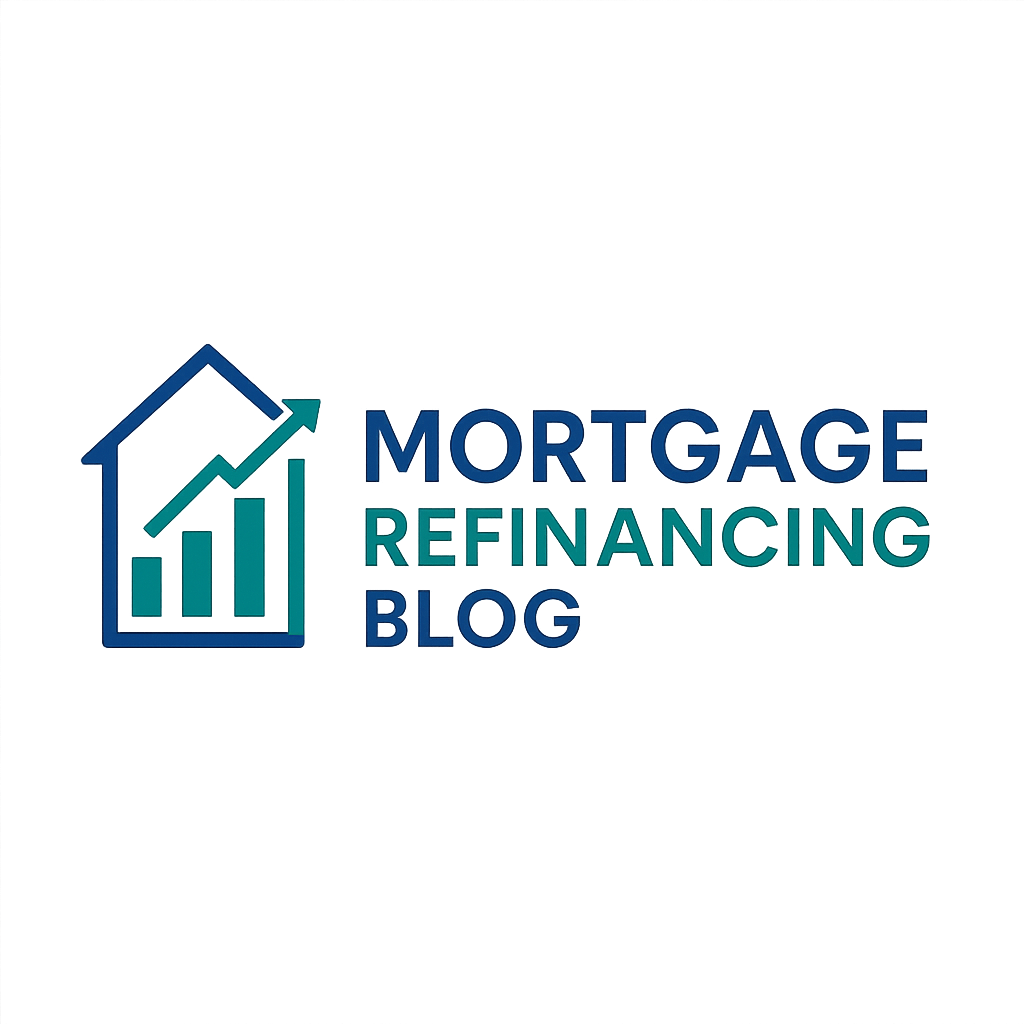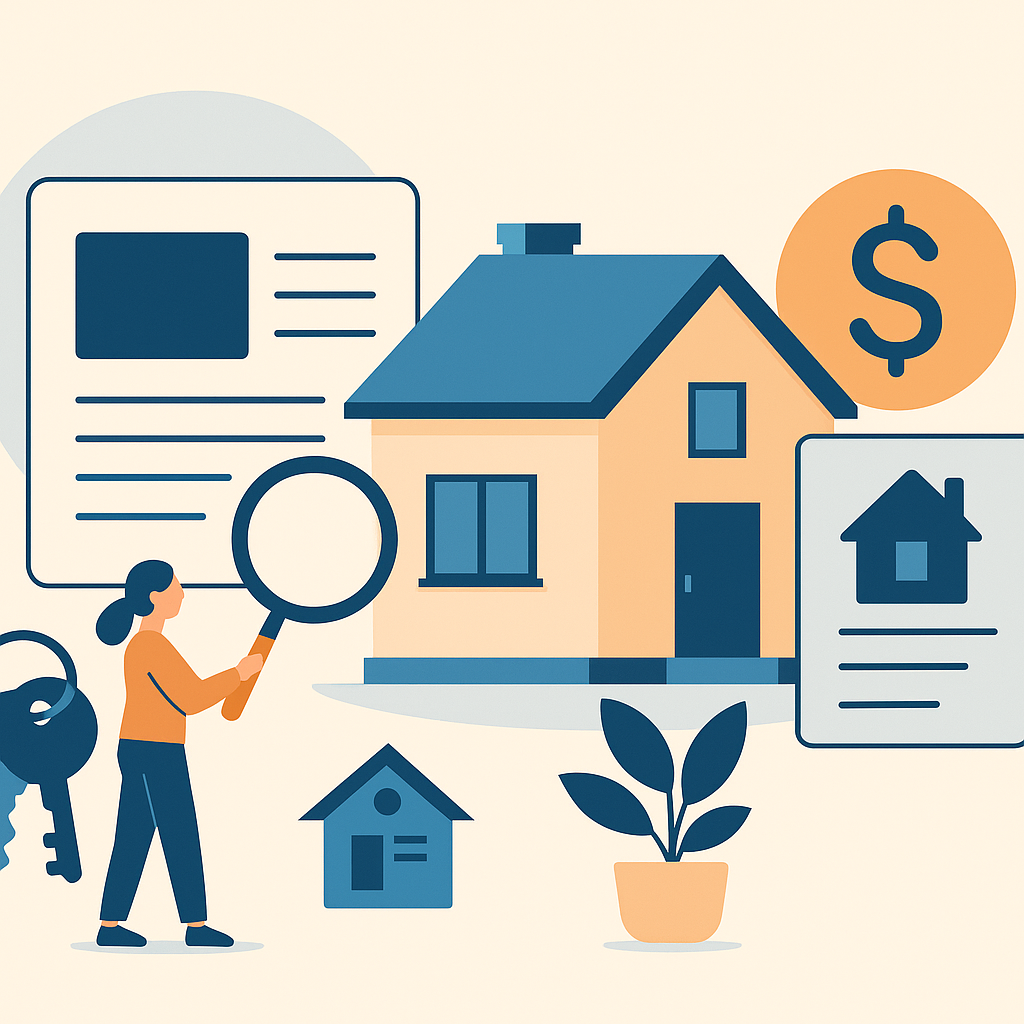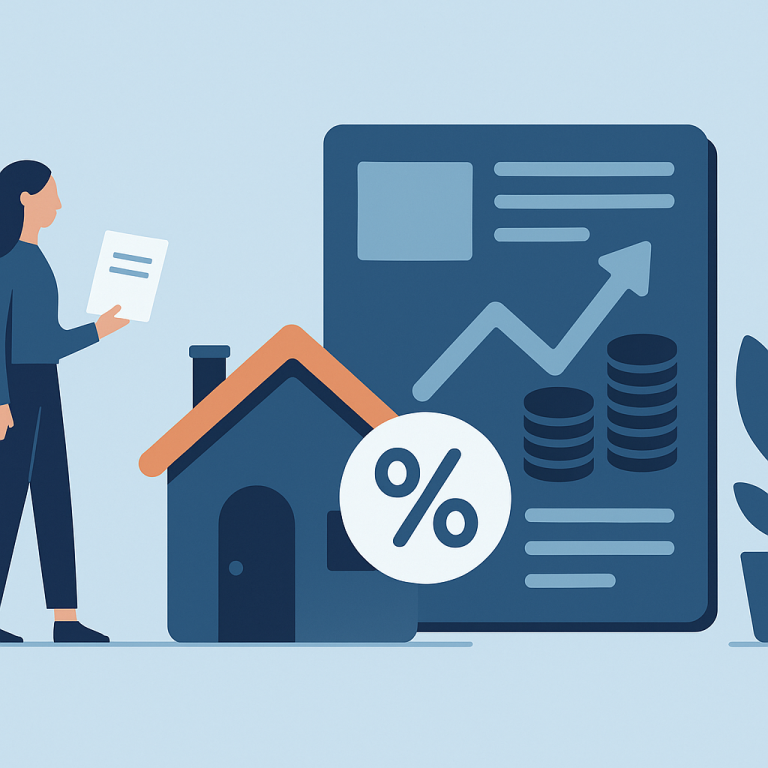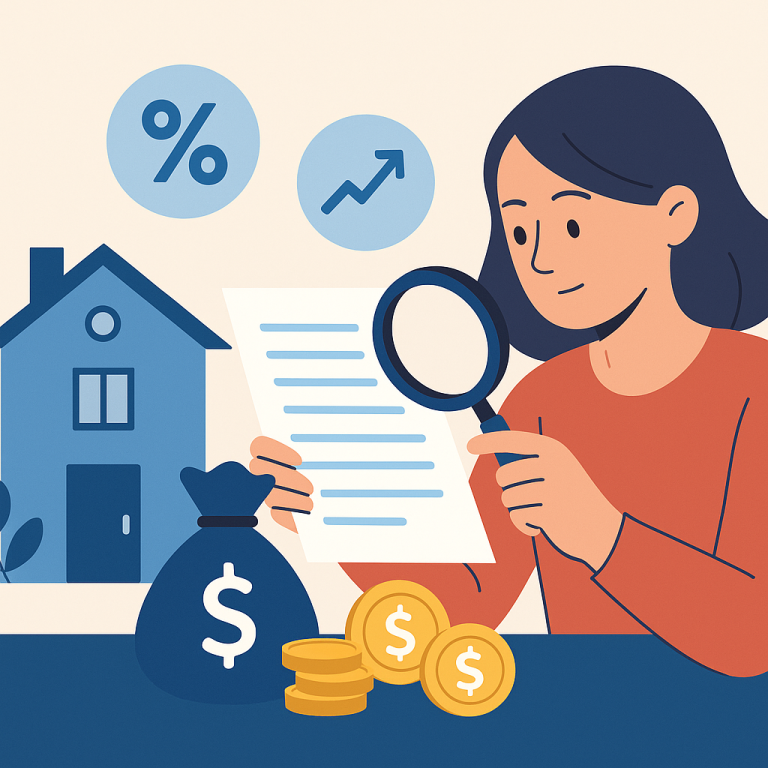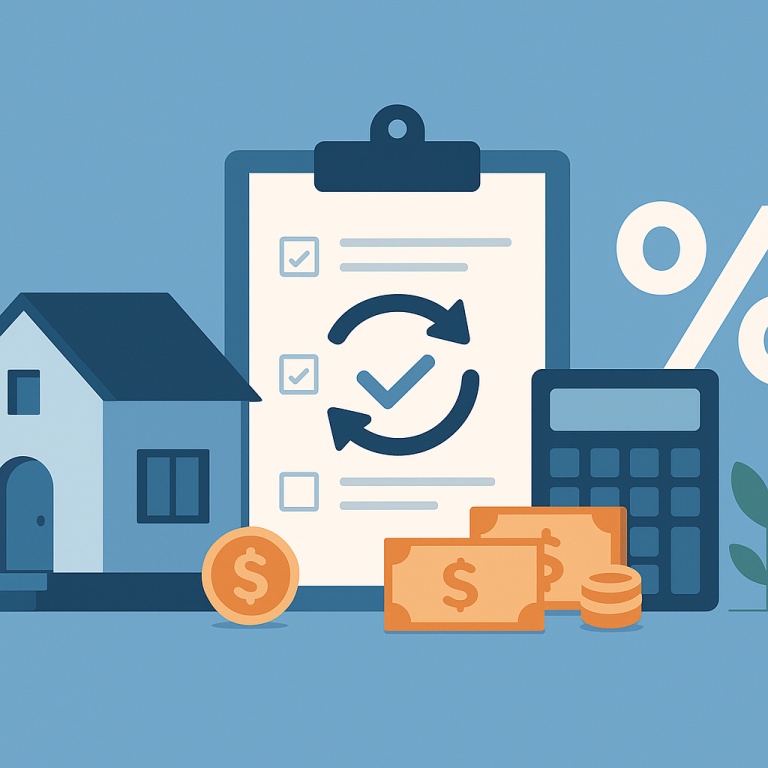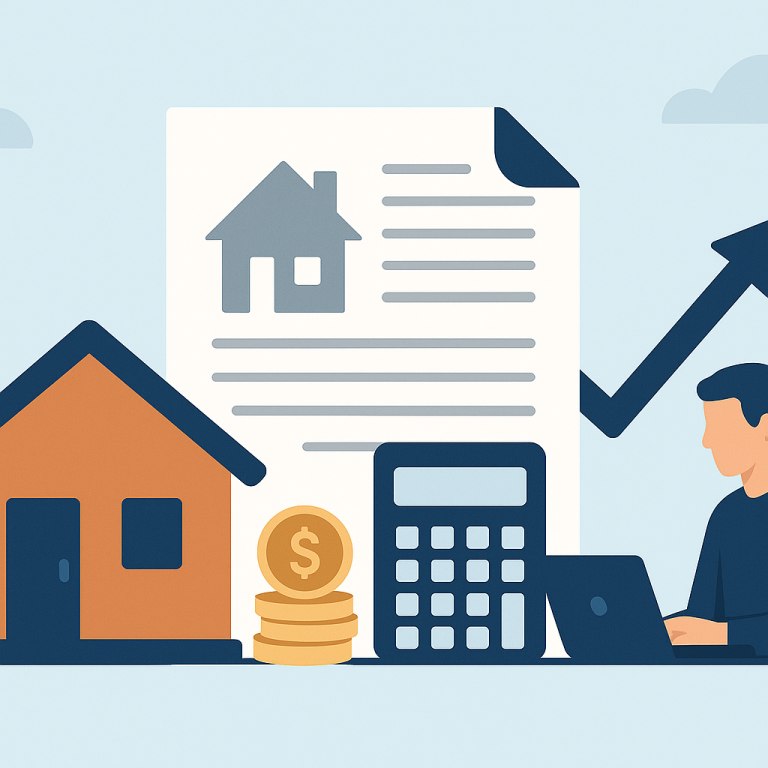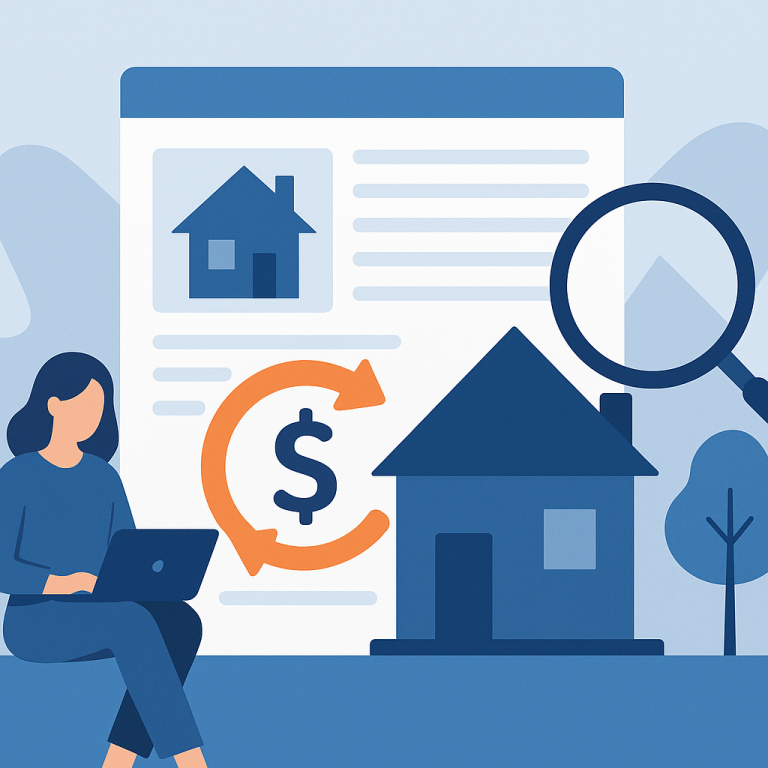Major Lenders Slash Mortgage Refinance Fees, Cutting Closing Costs By $1,200
At a glance: Lower refinance fees and closing costs and how it could affect refinancing decisions.
Lenders have cut refinance origination fees, reducing closing costs and shortening breakeven timelines for many borrowers.
What Lower Refinance Fees Mean for Borrowers
Mortgage rates have eased from recent peaks, prompting a renewed wave of refinancing interest among homeowners seeking lower monthly payments or shorter loan terms. While the shift has made refinancing more broadly attractive, the financial benefit depends on several practical considerations that vary by borrower. Homeowners should focus on break‑even timing, total refinancing costs, and how a new loan term affects long‑term interest paid.
Refinance activity typically follows moves in the broader interest rate environment. As rates moderate, borrowers with higher existing rates or large remaining balances often see the clearest immediate benefit. Lenders are also promoting a range of options — from rate-and-term refinances to cash‑out loans and streamlining for certain government-backed mortgages — which expands choices for different borrower goals.
Key Factors Homeowners Should Weight
Deciding whether to refinance is largely an arithmetic exercise combined with personal financial planning. The most important variables include:
- Break‑even period: Compare the total closing costs and fees to the monthly savings from a lower rate to determine how long it will take to recoup upfront expenses. If you plan to move or sell before that point, refinancing may not be worthwhile.
- Loan term and total interest: Extending the loan term can reduce monthly payments but may increase total interest paid over the life of the loan. Conversely, moving to a shorter term may raise payments but reduce long‑term interest and help build equity faster.
- Credit profile and documentation: Your credit score, income documentation, and debt levels influence the interest rate you’ll qualify for and the lender’s willingness to offer preferred terms.
- Home equity and loan‑to‑value: Sufficient equity can secure better rates and more options, while limited equity may restrict refinance choices or trigger mortgage insurance requirements.
- Cash‑out considerations: Using a refinance to access home equity can make sense for debt consolidation or home improvements, but it increases loan balance and can change the overall risk and cost profile.
- Costs beyond the rate: Origination fees, appraisal costs, title and recording fees, and any prepayment penalties on the current mortgage affect the transaction’s net benefit.
Practical Steps for Homeowners
Homeowners considering a refinance should follow a deliberate process:
- Estimate monthly savings and calculate the break‑even period based on realistic closing cost estimates.
- Shop multiple lenders for rates and fee quotes; compare annual percentage rates as well as total closing costs.
- Decide whether your priority is cash flow, total interest reduction, or shortening the loan term, and choose a loan structure that aligns with that goal.
- Review the impact of any cash‑out amount on monthly payment and financial goals, and avoid using home equity for expenses that don’t improve long‑term financial position.
- Lock a rate when you’re comfortable with terms, and ensure you understand timing and any conditions that could change the offer.
Refinancing can be a powerful tool to lower payments, reduce interest costs, or tap equity, but it is not a one‑size‑fits‑all solution. Homeowners should run the numbers for their specific situation, consider how long they expect to remain in the home, and prioritize the combination of rate, term, and costs that best supports their financial objectives.
META: refinance-news-article
